site search
online catalog
AMES CIVIL WAR PRESENTATION SWORD AND POSTWAR PRESENTATION SWORD TO THE SAME NEW HAMPSHIRE OFFICER, WITH HIS COPY OF REGIMENTAL HISTORY – DANIEL J. FLANDERS
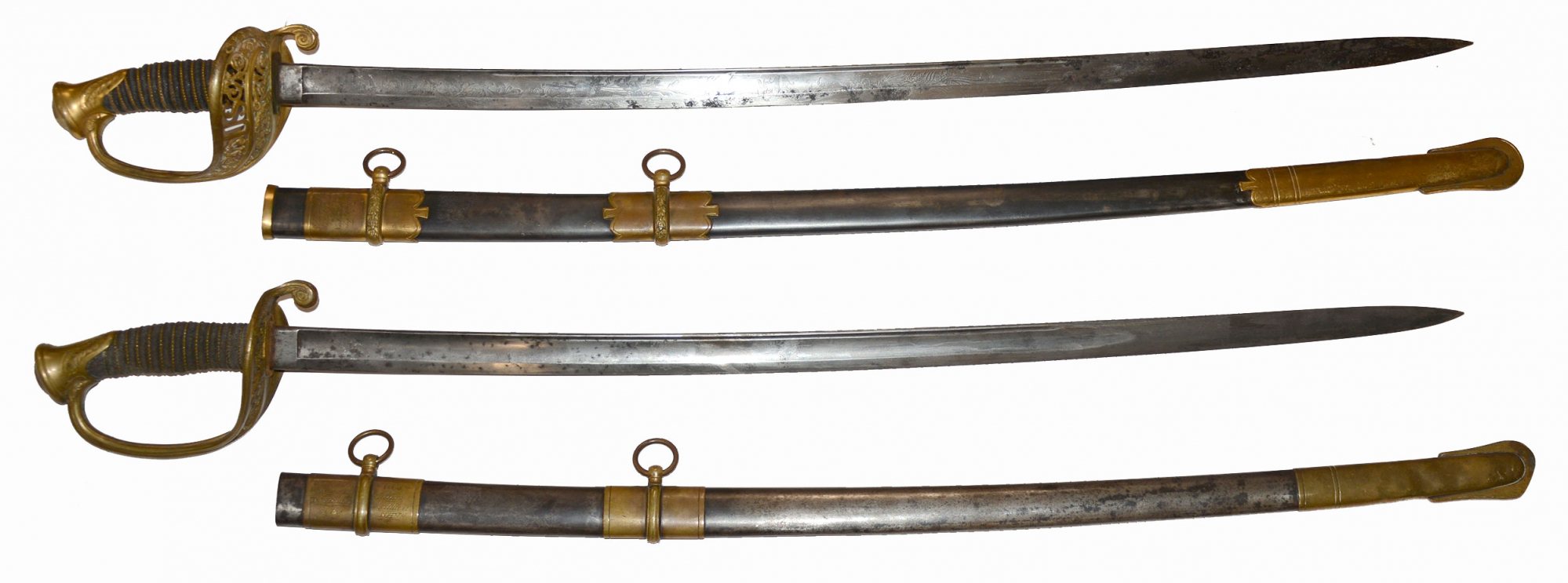
Hover to zoom

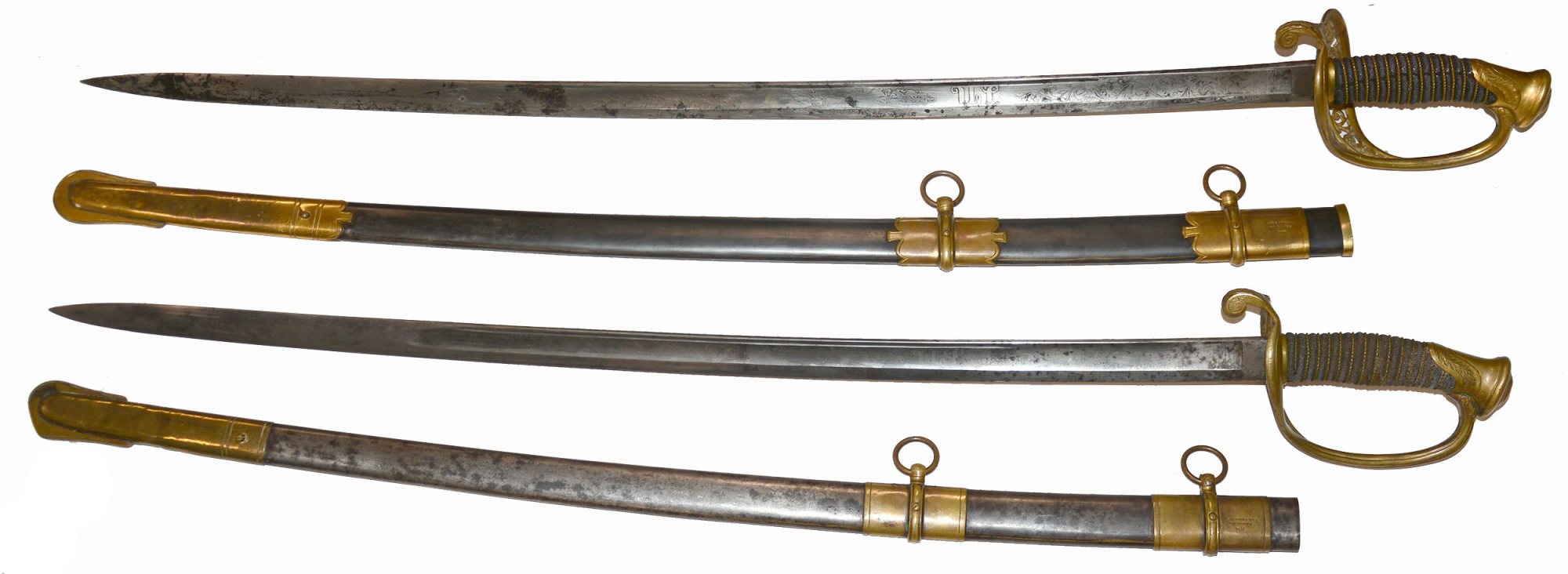
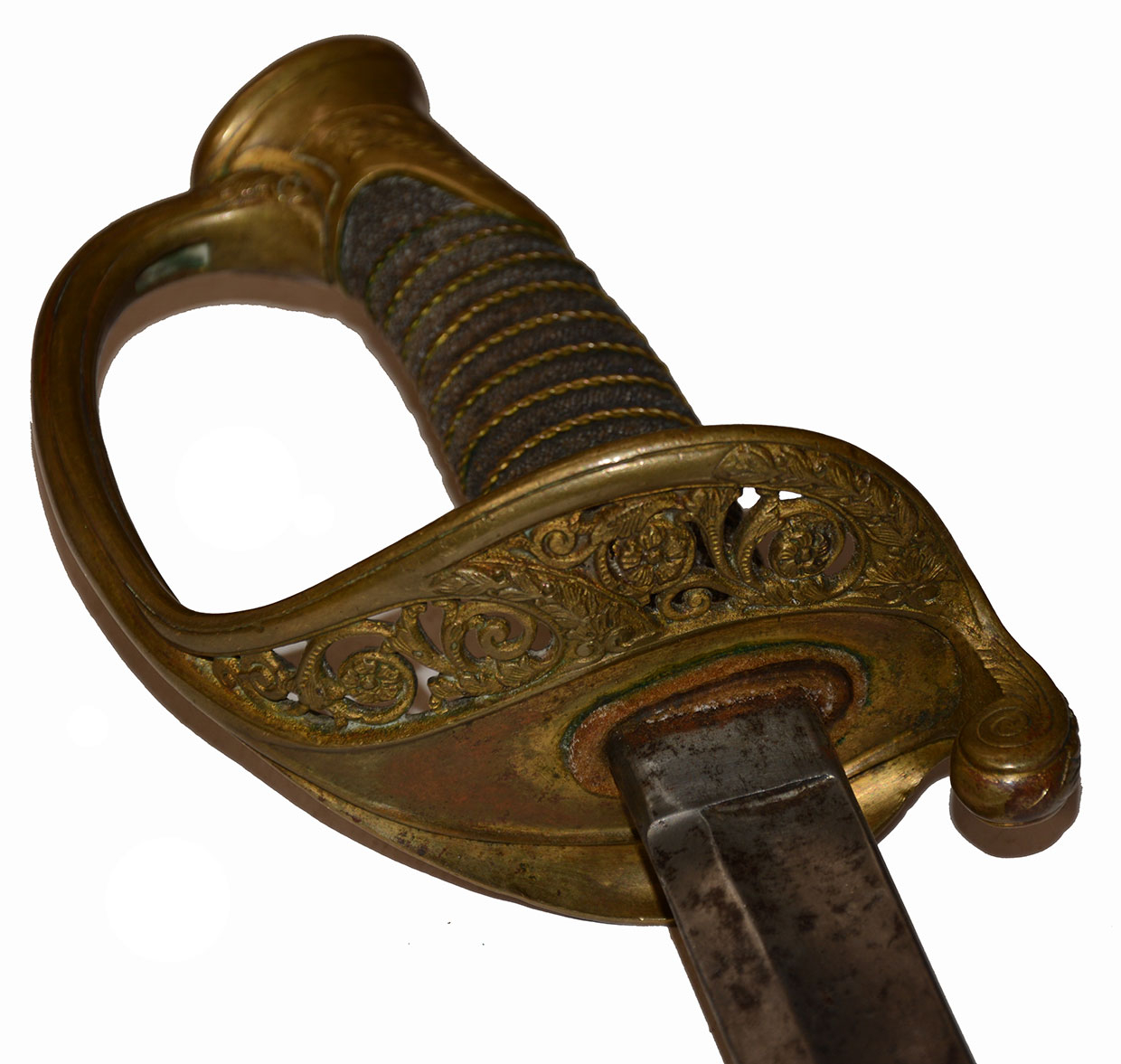
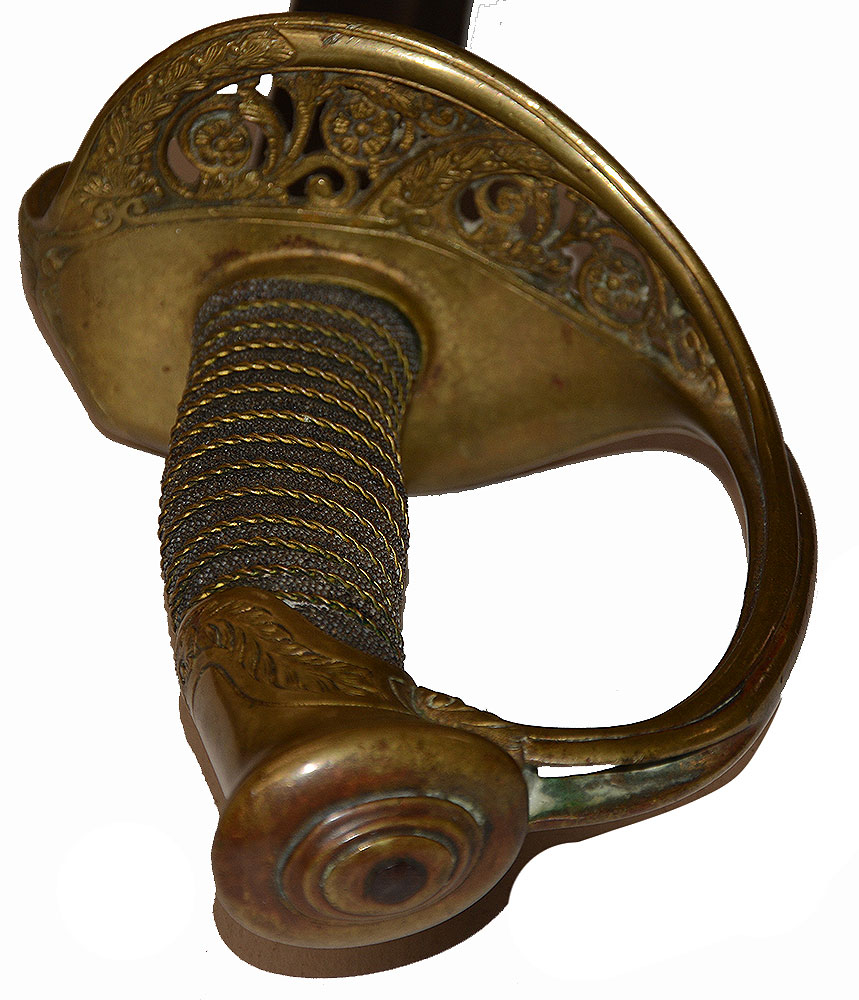
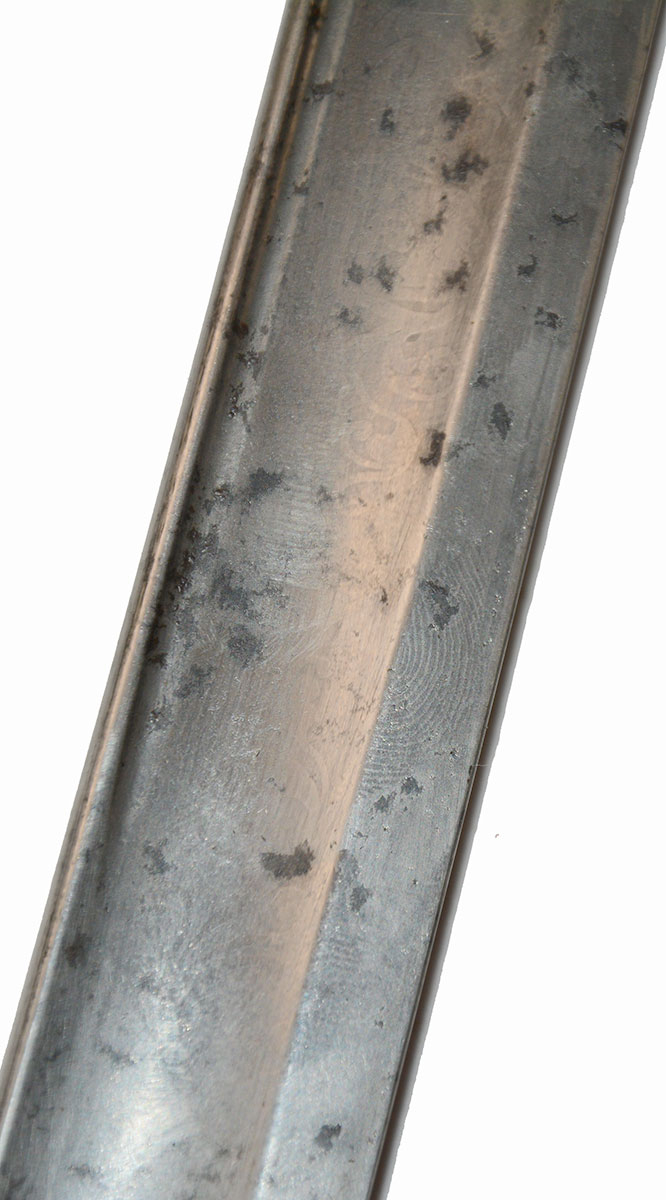
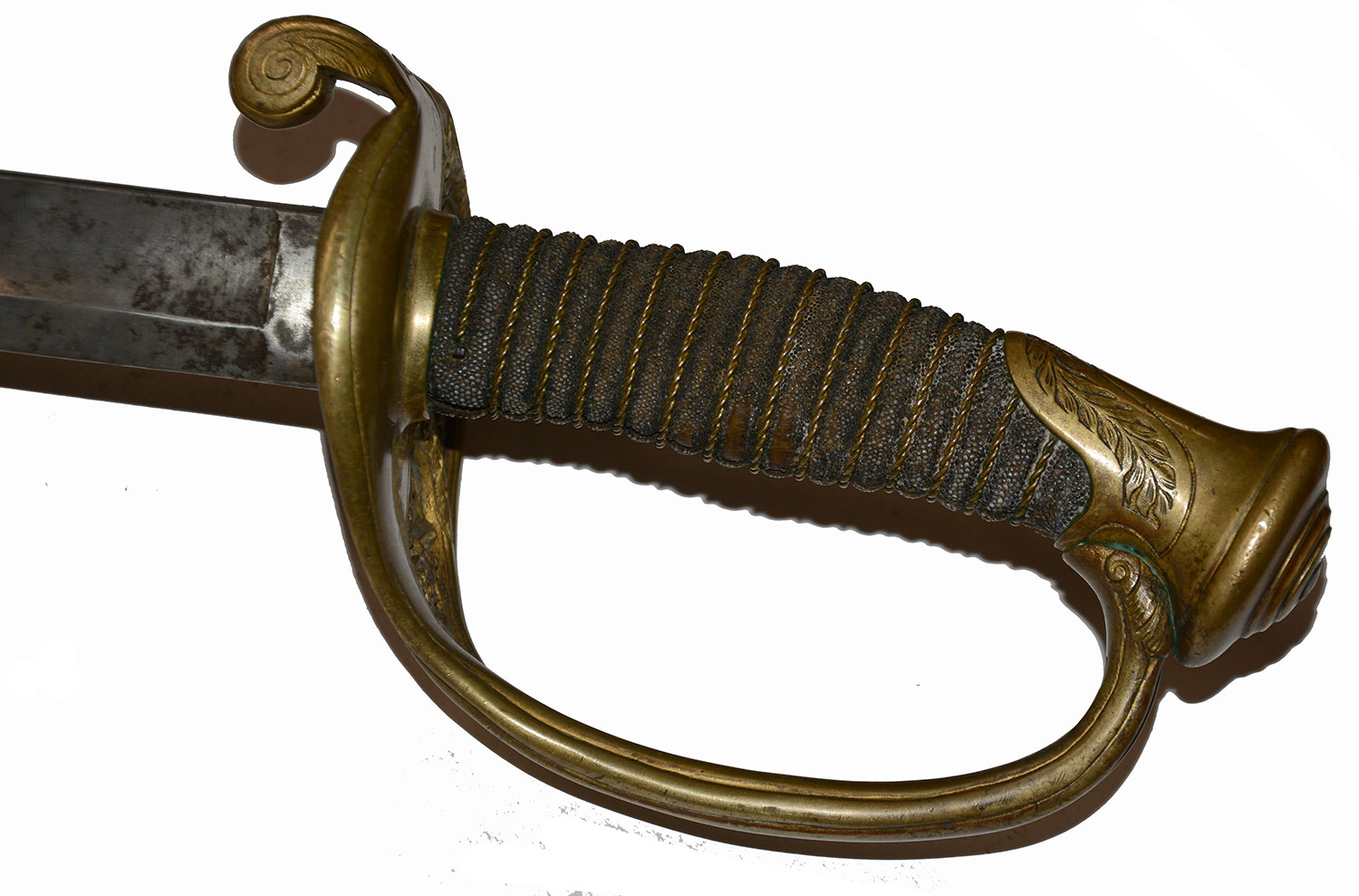
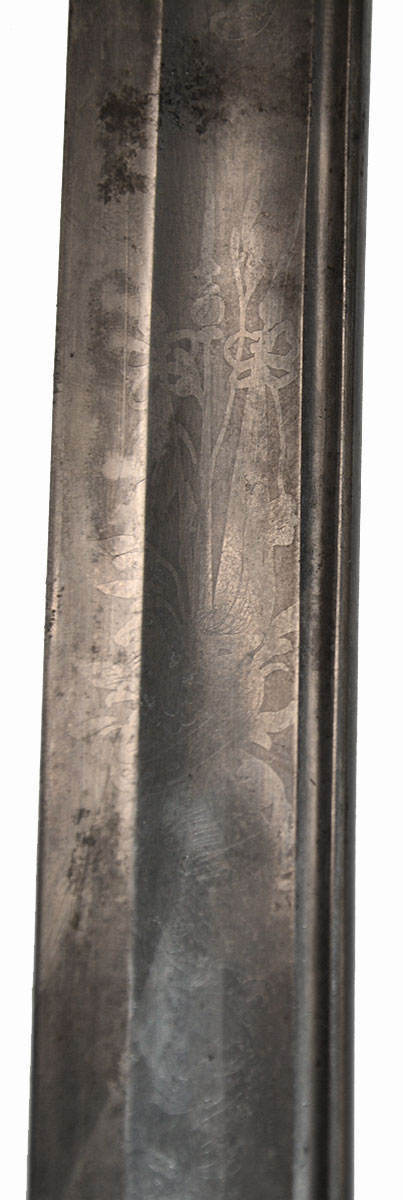
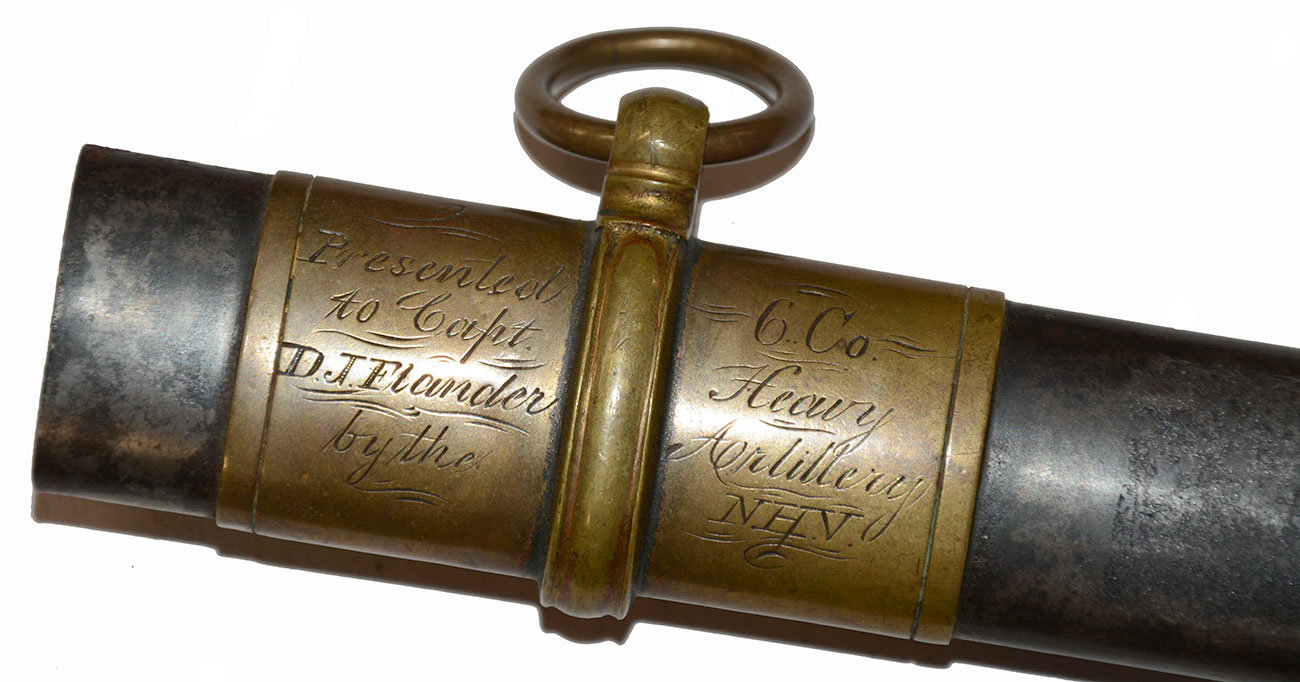

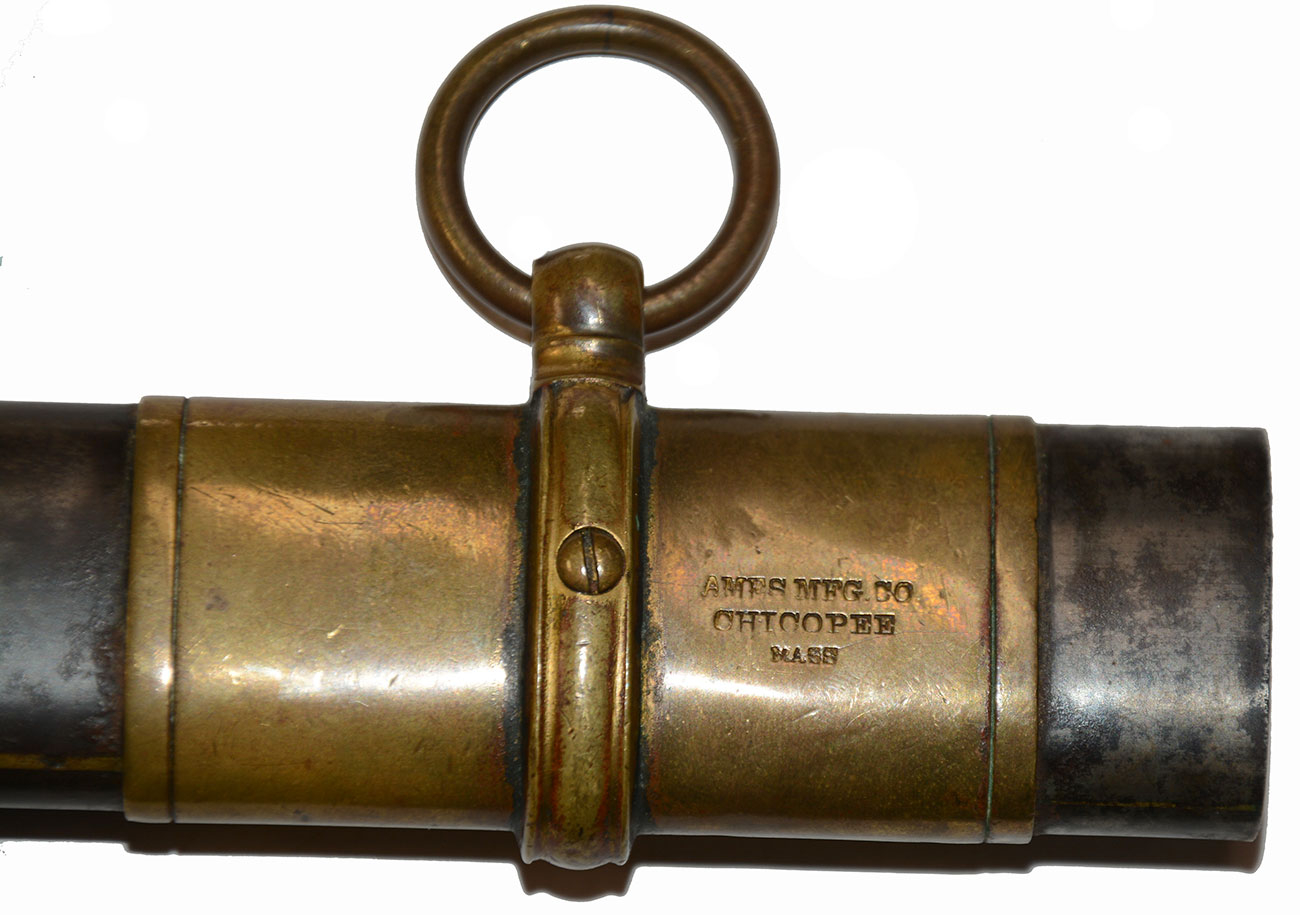

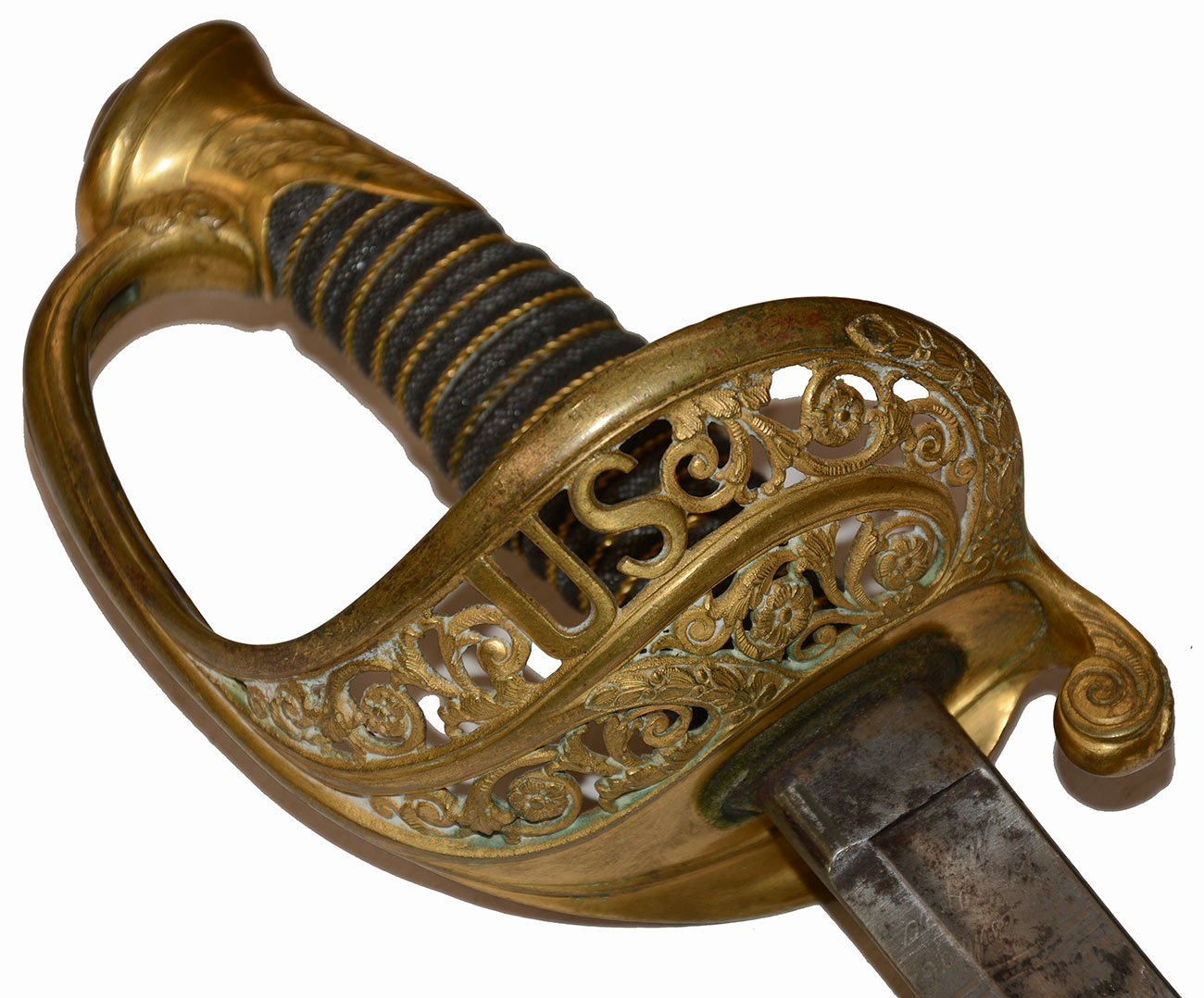
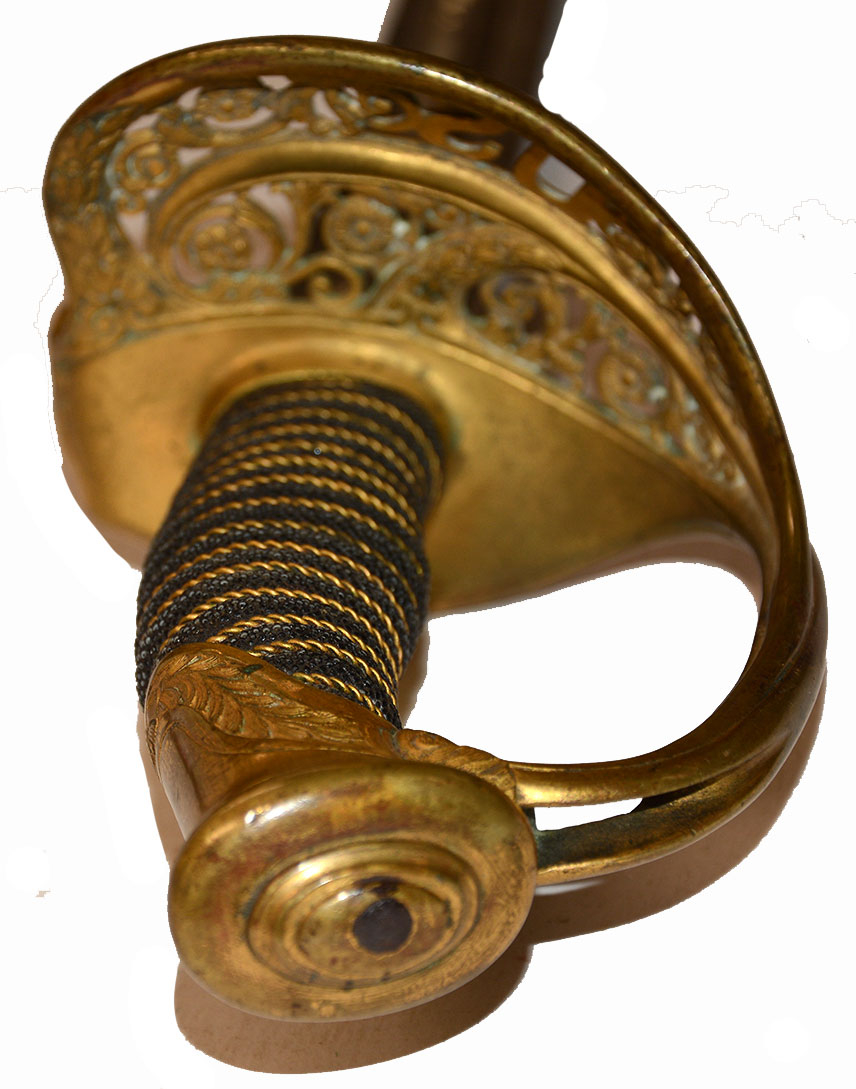
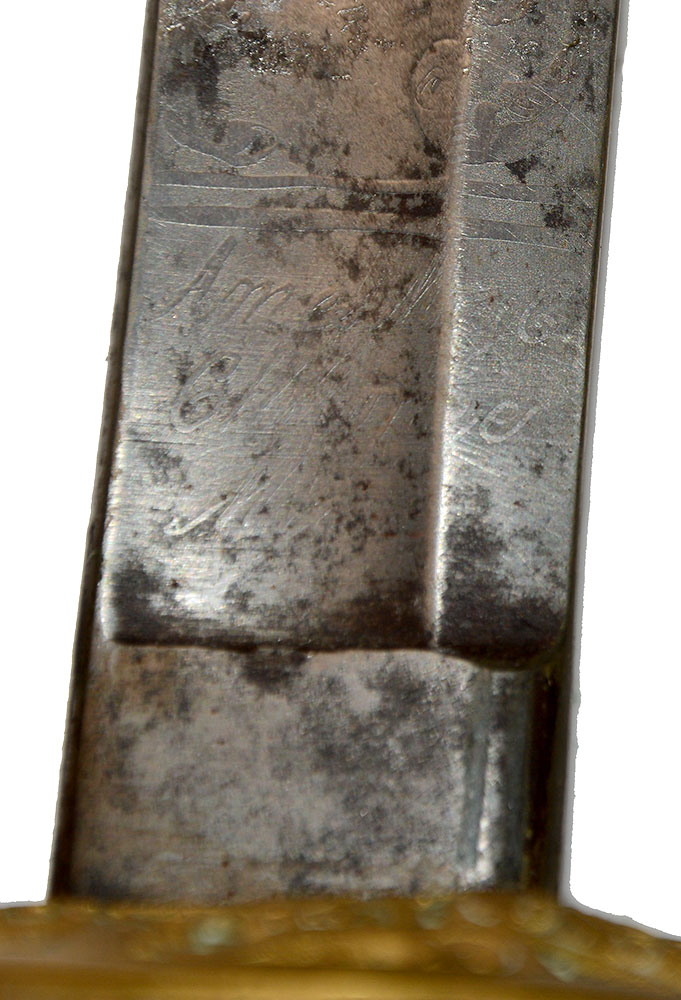


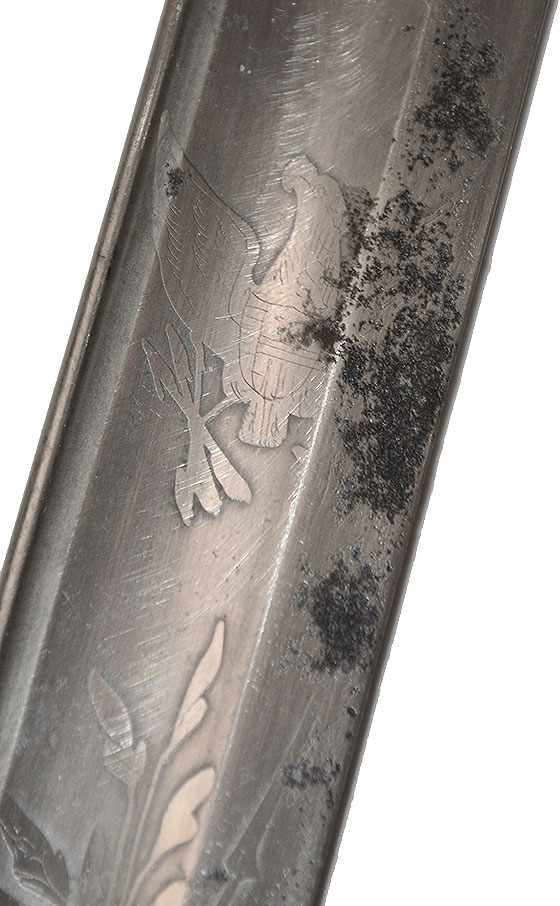
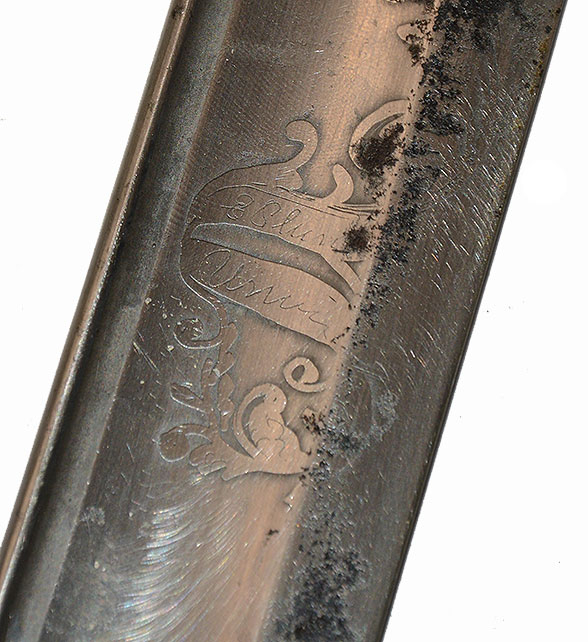

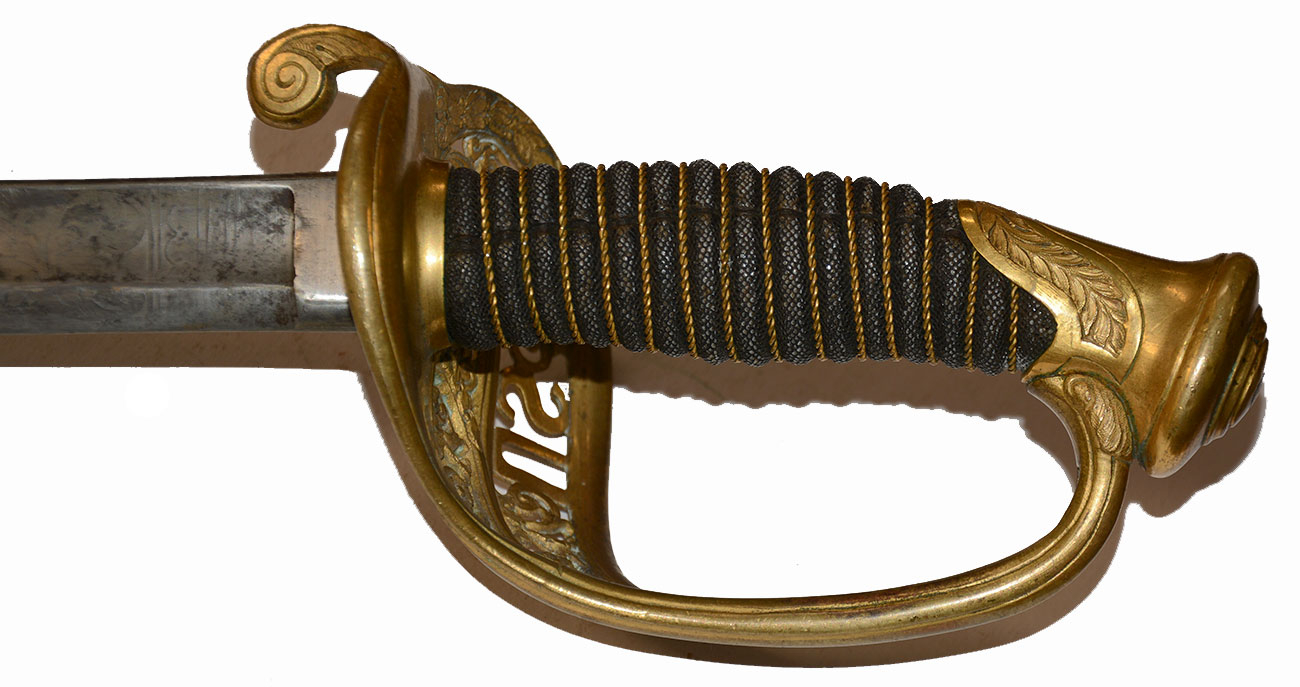

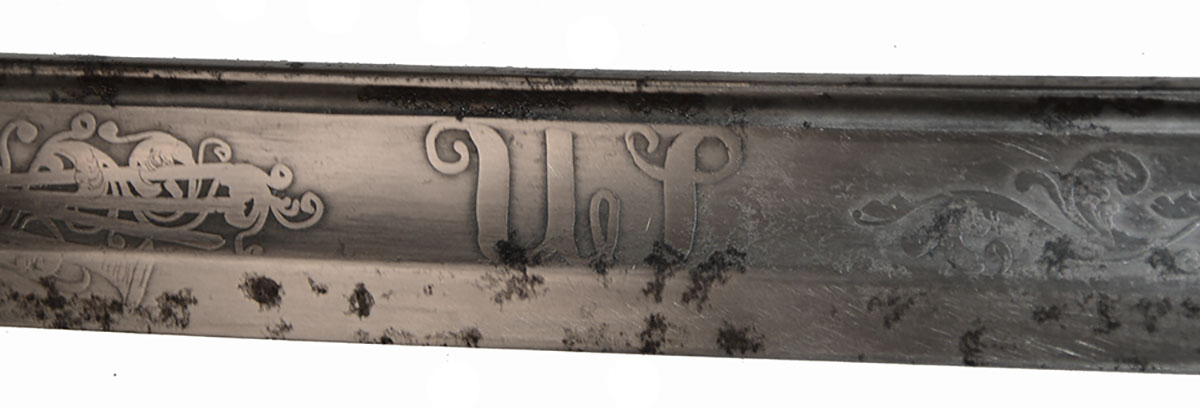
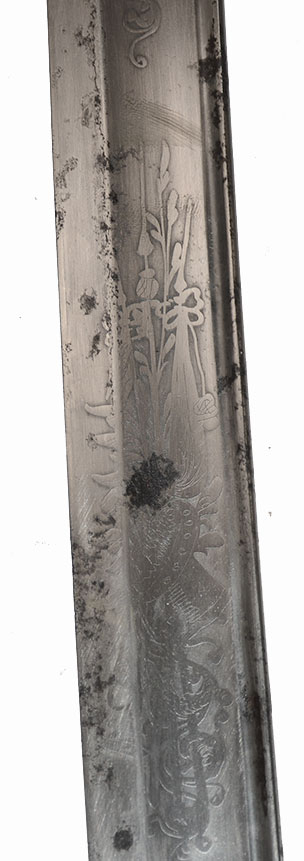

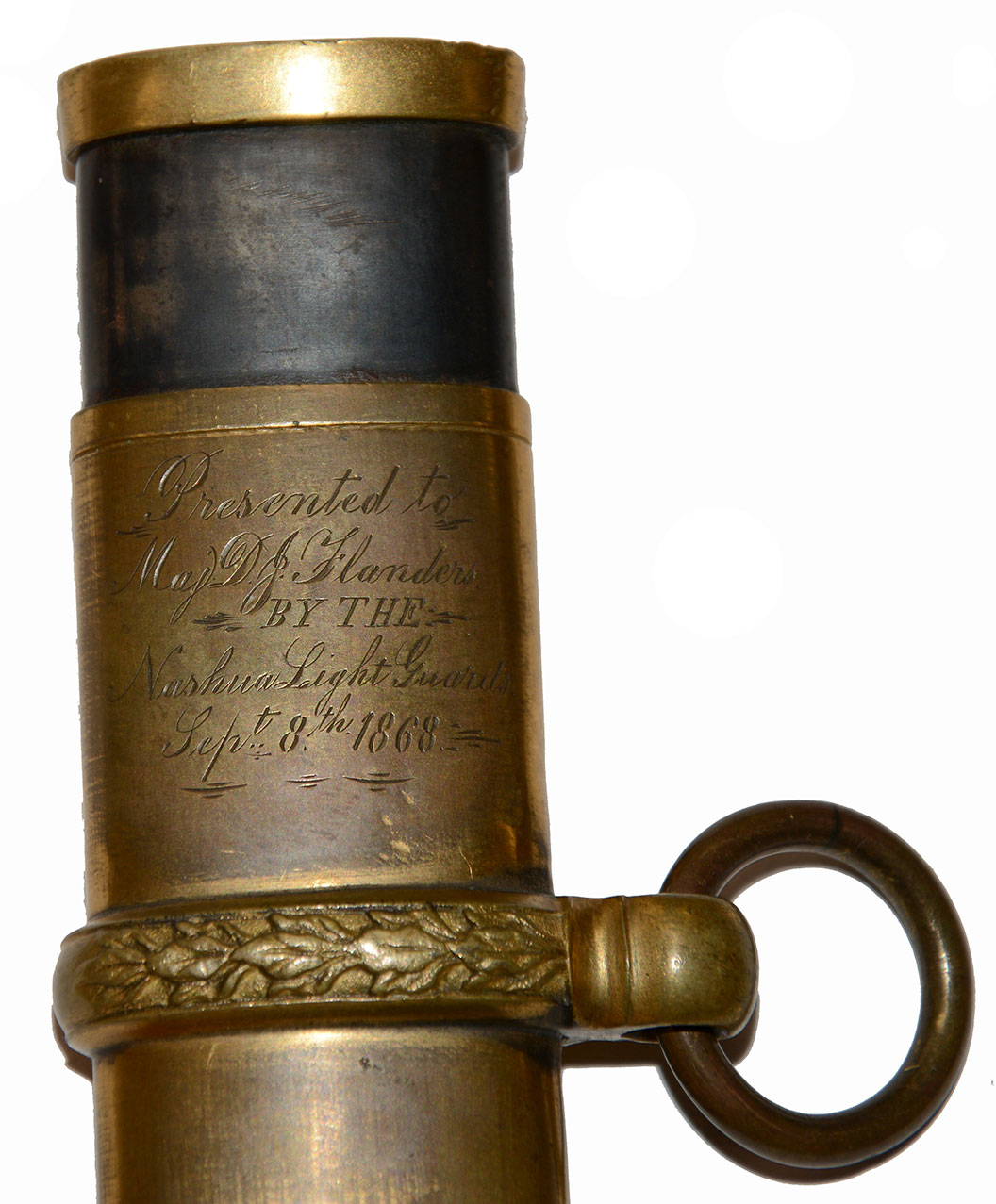

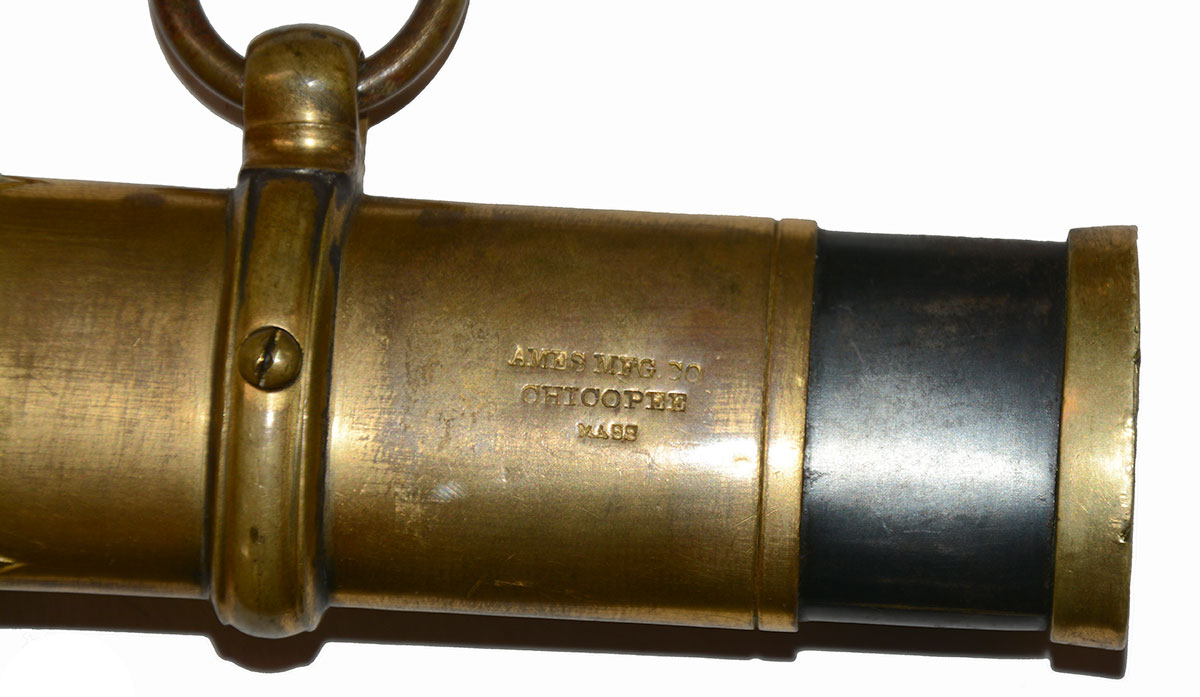

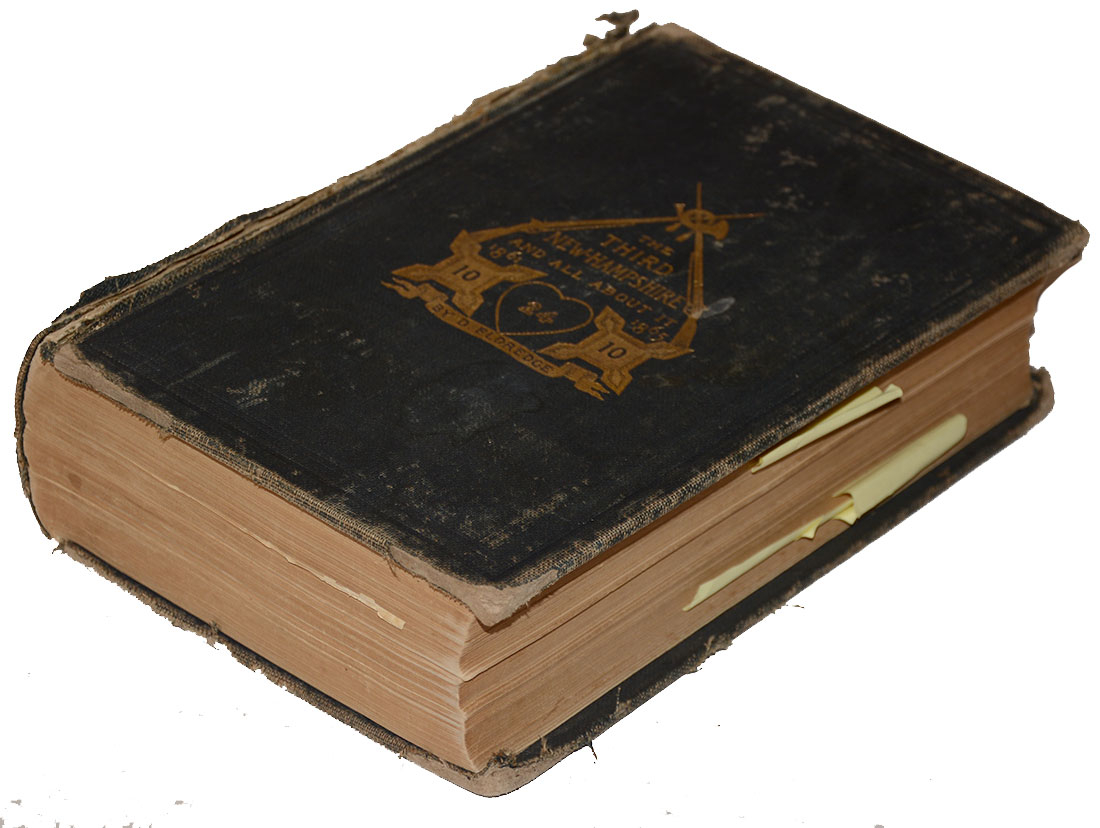
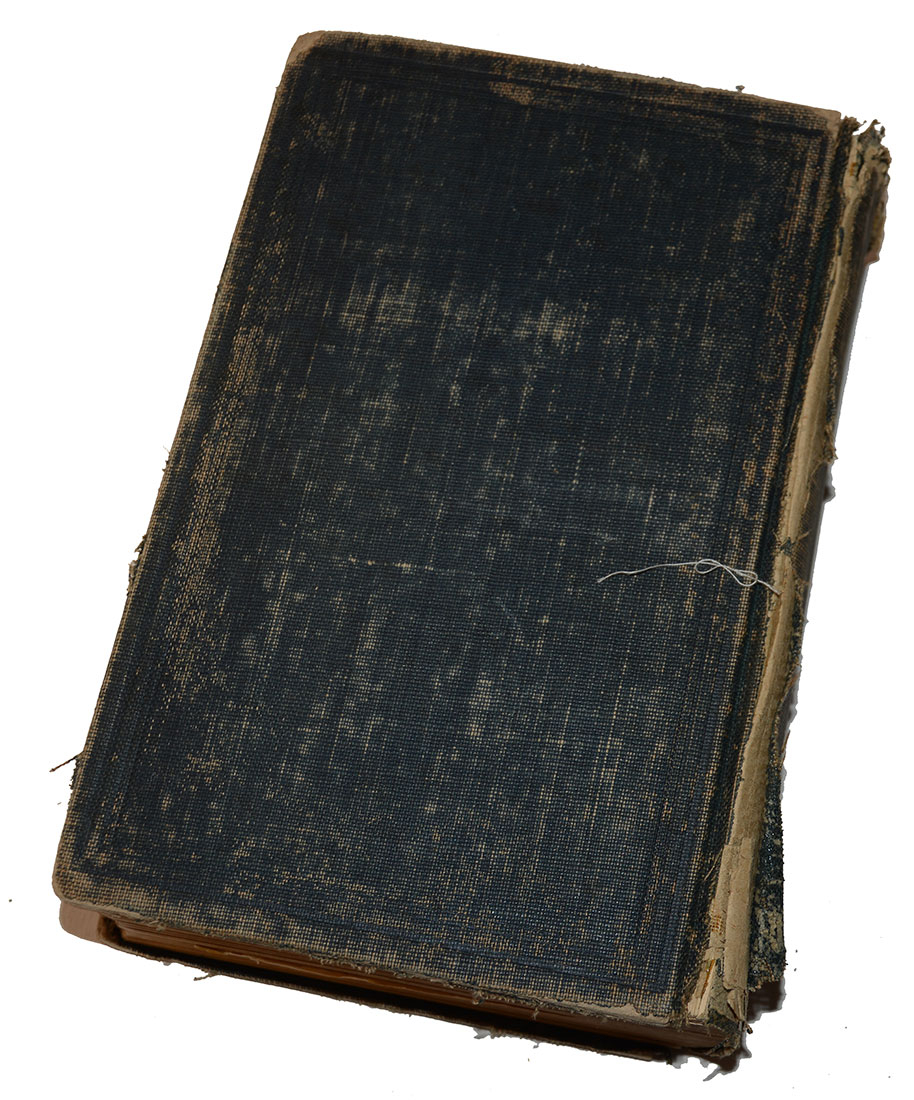
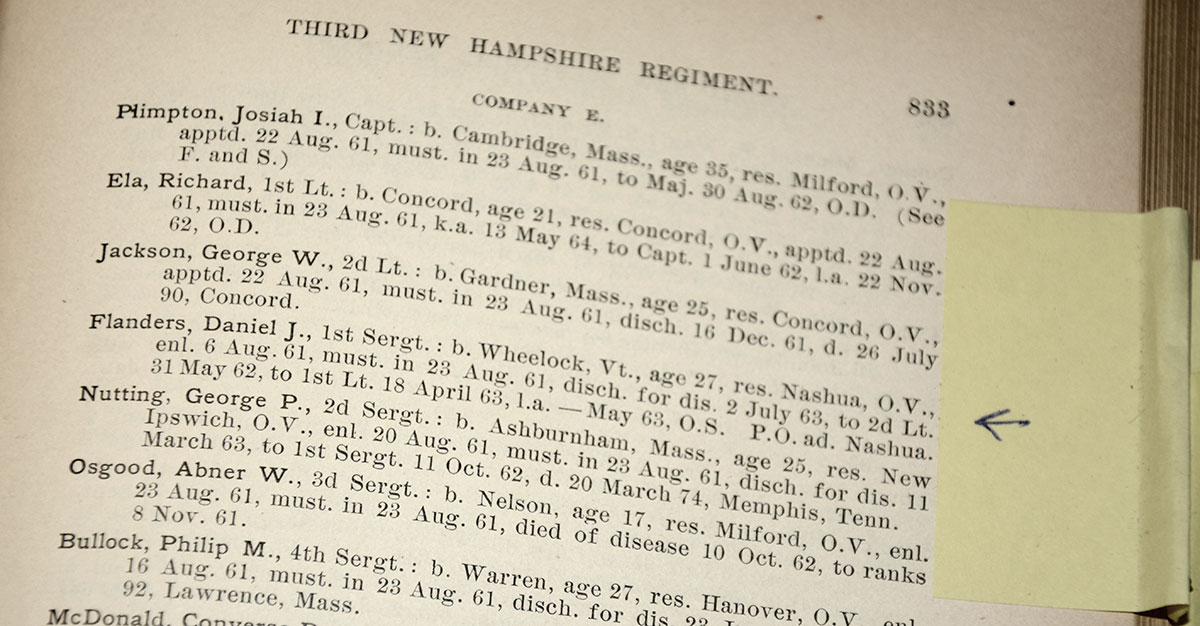
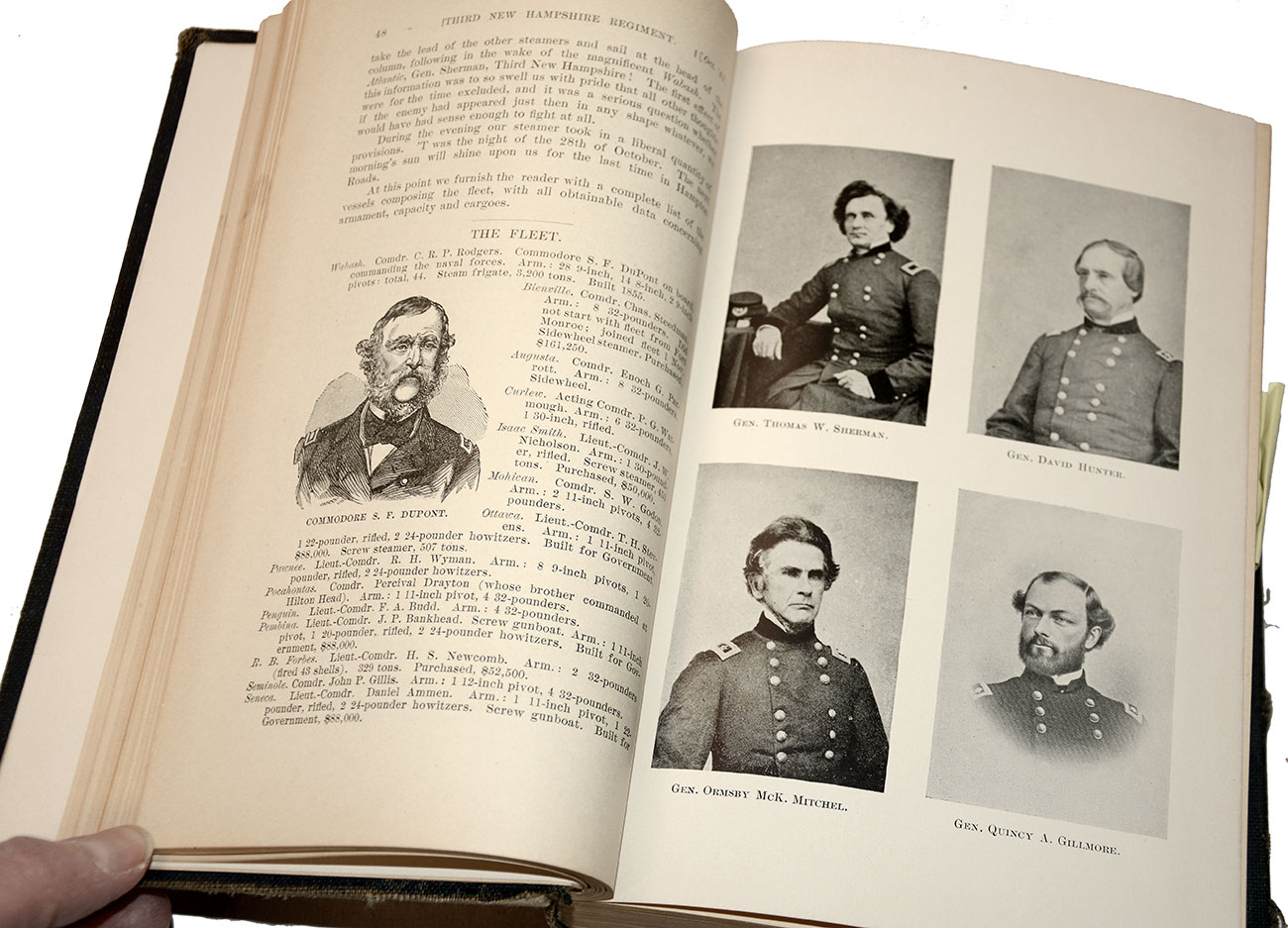
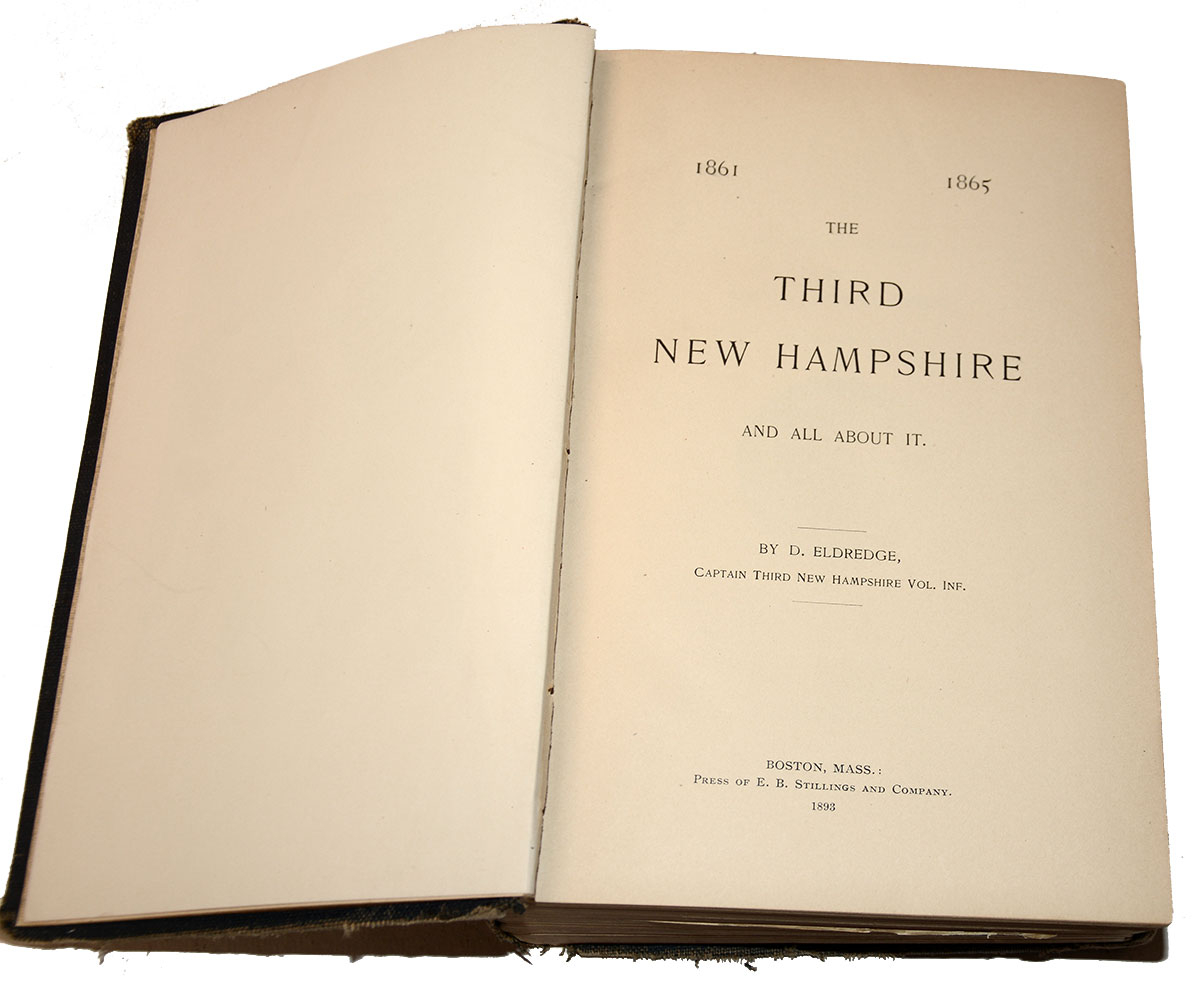
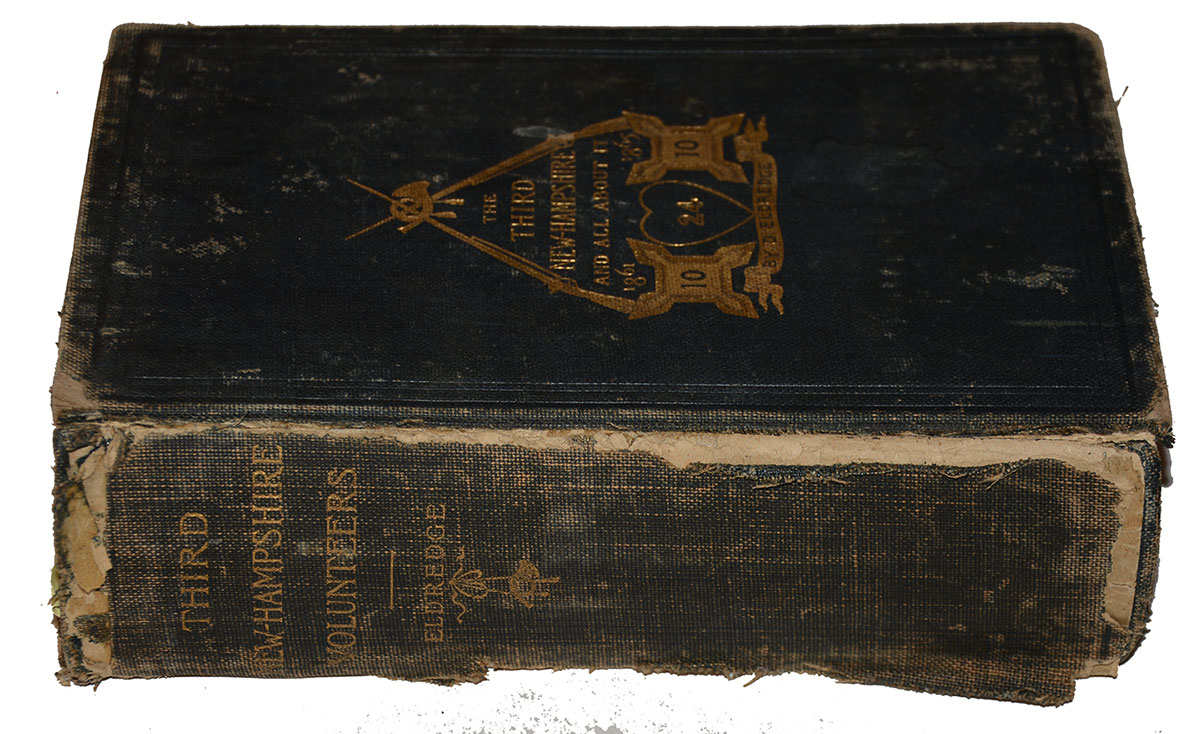
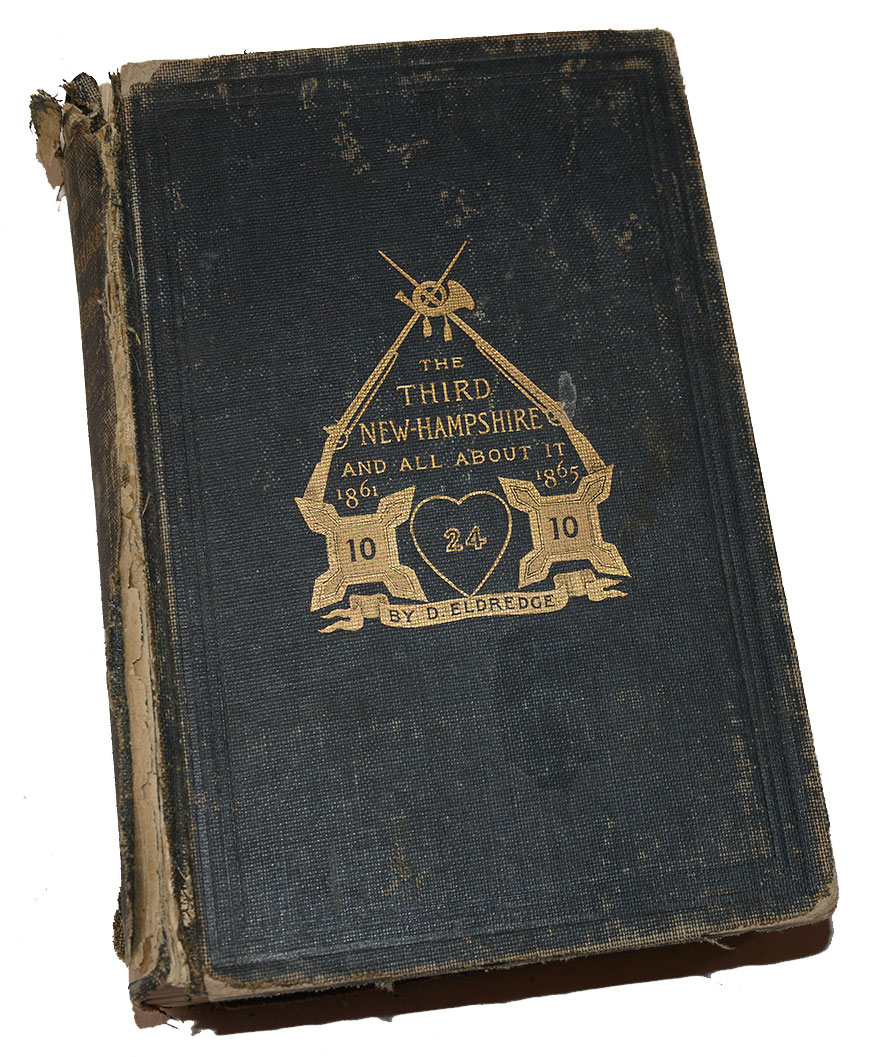
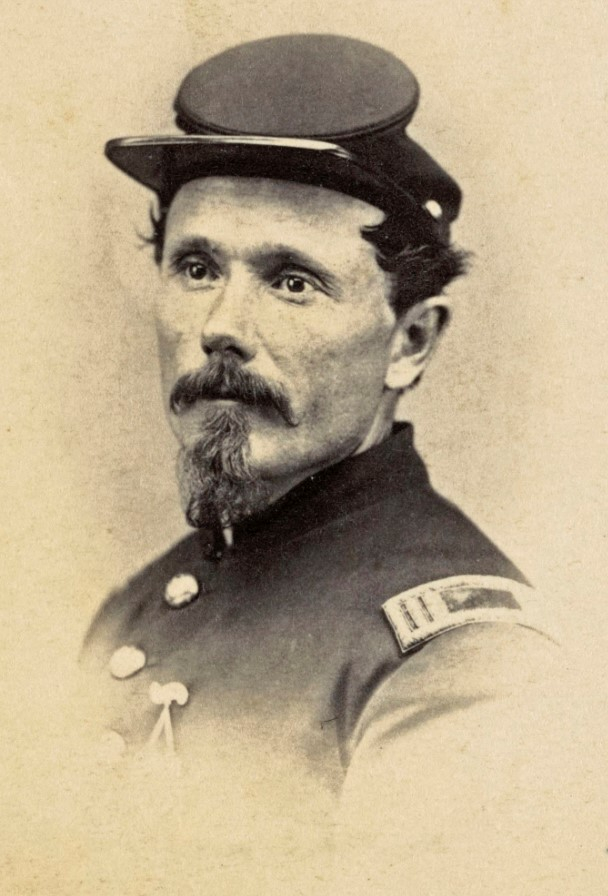
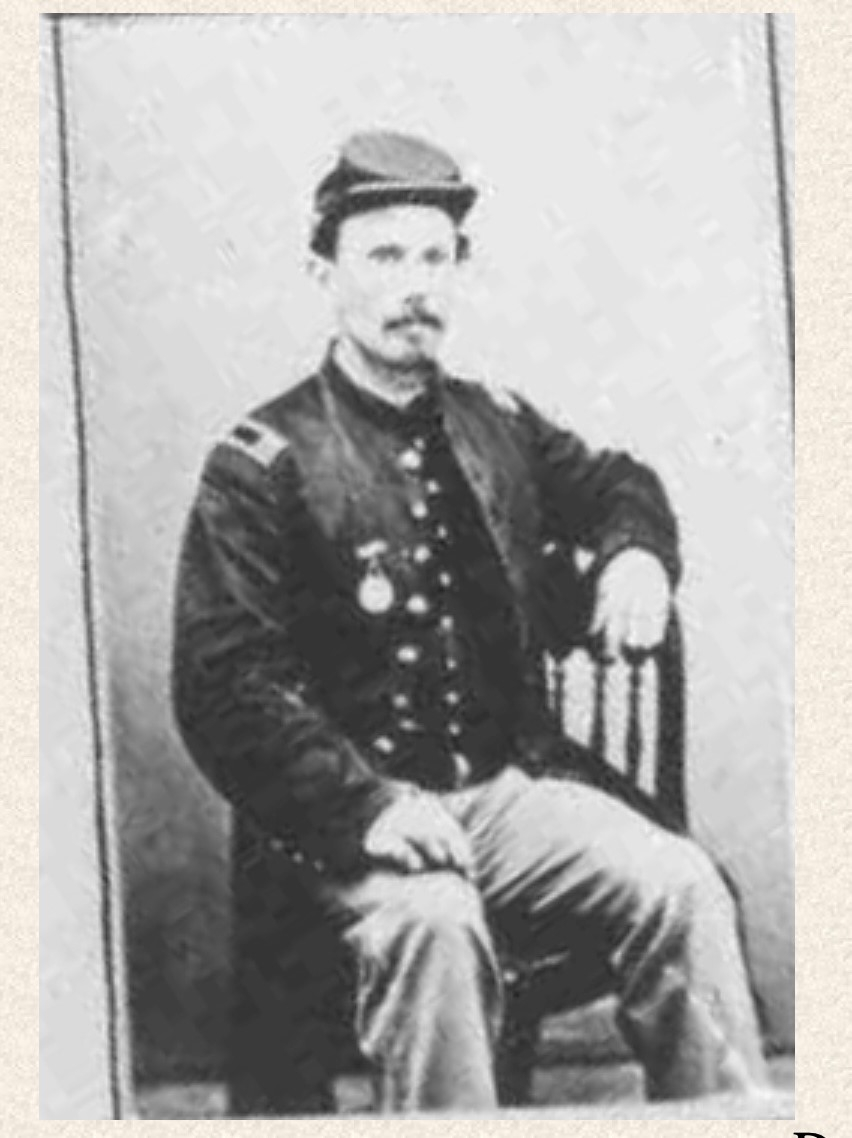
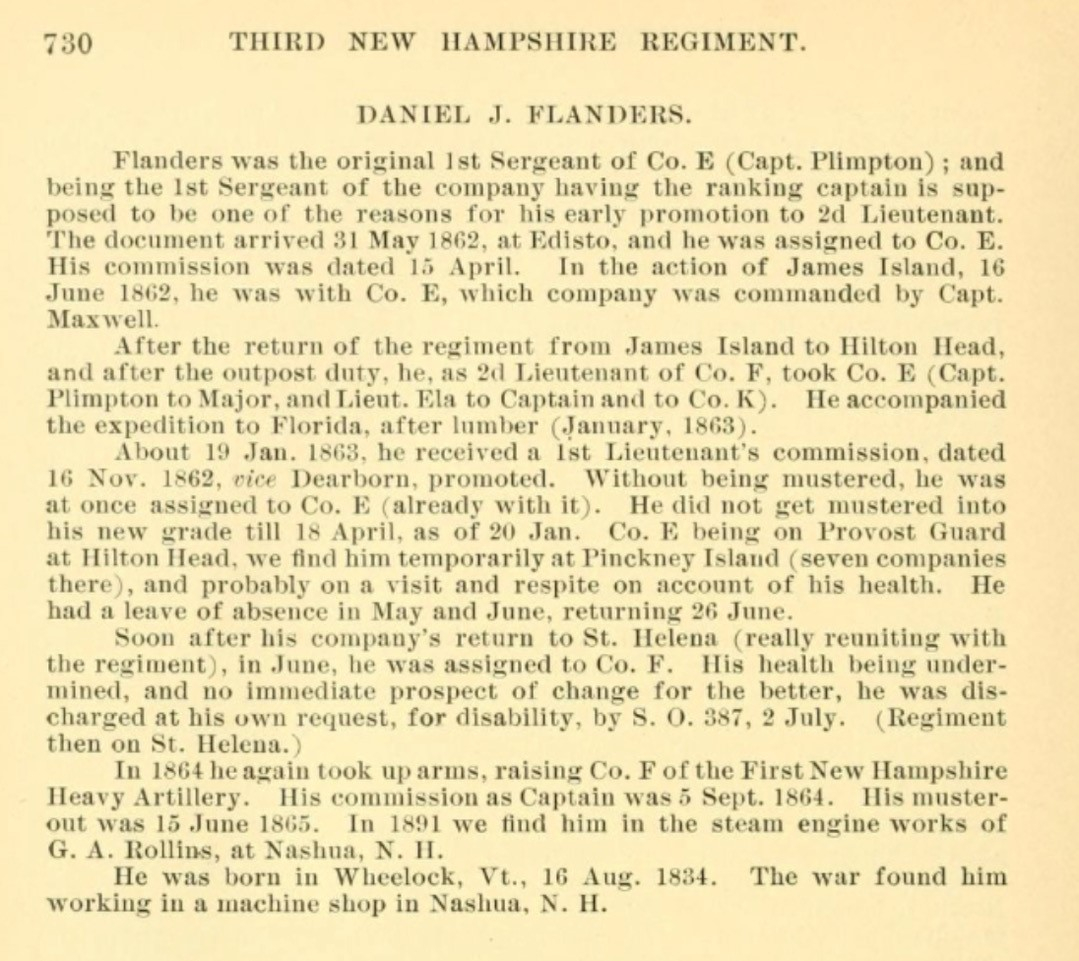
$5,500.00 SOLD
Quantity Available: None
Item Code: 2022-1207
This group consists of two presentation Ames U.S. Model 1850 officer’s swords, one a Foot Officer pattern, with its original metal scabbard rather than leather, and the other a Staff and Field pattern, with the conventional metal pattern regulation for that sword. The foot officer sword is inscribed: “Presented / to Capt. / D.J. Flanders / by the / 6 Co / Heavy Artillery / N.H.V.” The staff and field is inscribed: “Presented to / Maj. D.J. Flanders / BY THE / Nashua Light Guards / Sept. 8, 1868.” These swords belonged to Daniel J. Flanders of Nashua, NH, who did two tours of wartime service- with the 3rd NH Infantry, rising from 1st Sergeant to Captain, and then with the 1st NH Heavy Artillery, as Captain again, when he was presented with the first sword. He returned home to establish the Nashua Light Guard as part of the state militia as a Captain in 1866, and was presented in 1868 with this Ames Staff and Field after his promotion to Major in the 1st NHVM, of which the Nashua Light Guard formed a part.
The foot officer’s sword has a nicely toned brass hilt with the standard floral decoration cast and chased on the pommel and in the open-work guard. The gray sharkskin grip wrap and twisted brass binding wire are complete, in place, and in good condition. The leather sealing pad is in place on the underside of the guard. The blade has a good edge and point and is smooth metal, though the blade etching is very faint, the blade showing mostly as a muted silver-gray with scattered dark gray and thin brown spots. The scabbard, however, shows a clear Ames maker’s mark on the reverse of the upper mount. The scabbard, like the blade, shows use, and appears mostly as a mottled gray with patches of faded blue from the original finish. There was likely a narrow throat, now missing. The upper and middle ring mounts are good. The drag is in place and shows typical signs of field use in small dings and dents, and wear to the drag blade. The wear indicates a wise choice in the selection of a robust metal scabbard.
Flanders had previous service in the field and had seen action at Seccessionville on James Island in 1862. Born in 1833, he worked on the family farm when young, but by 1860 as married and a machinist in Nashua. He enlisted at age 27 in the 3rd New Hampshire Infantry on 8/6/61 and mustered into Co. E as First Sergeant 8/23/61. The regiment took part in the coastal expedition to South Carolina, journeying to Washington and sailing from Annapolis. It was present at the taking of Port Royal in November and then posted to Hilton Head, taking part in reconnaissance to Dawfuskie, Bluffton, Bull and Savage Islands, until ordered to Edisto Island in April, with further scouts to Jehossee Island. While at Edisto Flanders received his commission as 2nd Lieutenant of Co. E, dated 4/15/62. In June the regiment was ordered to James Island and had its first taste of combat on June 16 at Secessionville, losing 104, including 27 killed or mortally wounded, out of 26 officers and 597 men. The regiment then returned to Hilton Head, with the companies scattered on outpost duty, resulting in the capture of almost all of Co. H in late August.
The regiment took part in an expedition to destroy a railroad bridge at Pocataglio in October, suffering three wounded and in early January supplied a strong detachment for a raid on a supposedly unguarded store of lumber in Florida resulting in three more casualties. Flanders was on the raid, serving as a 2nd Lieutenant, not having yet received his commission as 1st Lieutenant, which was signed 11/16/62 and did not reach him until January 19. In the Spring the regiment again divided with six companies sent to Pinckney Island the remainder left in camp, assigned to provost duty, or to Hilton Head. They were present in the April attack on Stono Inlet, returned to Hilton Head, were the divided again, part going to Botany Bay Island and part to Bay Point, before being reunited on St. Helena in preparation for a renewed attack on Charleston that resulted in participation in two assaults on Ft. Wagner. Flanders had been sick in April and May. He was discharged at St. Helena on July 2, just before the departure of the regiment for Folly Island on that expedition.
Flanders, however, recovered his health enough to enter the army again in Fall 1864, recruiting a company in Nashua, for which he received a commission as Captain dating 9/5/64. This was a company of heavy artillery recruited to supplement two companies that had originally been stationed at coastal forts and were then sent to Washington. It was decided to recruit additional companies to bring them up to battalion and then regimental strength, with the individual new companies dispatched to the Washington defenses as soon as practicable. The unit would be designated the 1st NH Heavy Artillery and Flanders’ company was designated Company F as far as the U.S. was concerned, but still retained its state numerical designation by the time they presented Flanders with his sword, with the inscription on the upper ring mount in line with the blade: “Presented / to Capt. / D.J. Flanders / by the / 6 Co / Heavy Artillery / N.H.V.” The company served in the defenses of Washington, garrisoning various forts and doing some outpost duty. They mustered out June 15, 1865, and Flanders returned to Nashua, though not before having some photos of himself taken in uniform and wearing what looks like an elaborate identification disk.
Flanders retained some interest in the military, however, and organized the Nashua Light Guard in 1866, an infantry company that was part of the state’s First Regiment of militia, being designated as Co. M and then Co. K of that unit, being commissioned Captain 8/21/66 and Major 8/25/68, which is certainly the occasion of its presentation of the staff and field sword by his company with the upper mount inscribed, “Presented to / Maj. D.J. Flanders / BY THE / Nashua Light Guards / Sept. 8, 1868.”
The sword is a very good condition regulation M1850 Staff and Field officer’s sword with significant remnants of gilt on the pommel and scabbard mounts, and smaller traces in the openwork guard. The grip and wire are fully intact. The blade pad is present on the underside of the guard. The blade shows the etched Ames address on the obverse ricasso, followed by floral scrolls, a floral entwined trophy of arms with horn, quiver US shield, US flag and pikes, followed by a US eagle with “E PLURIBUS UNUM” ribbon scroll overhead, and concluding with leafy tendrils. The reverse has floral scrolls at bottom, leafy branch at top, with a script US and tall trophy of arms with shield, cannon, bugle, pikes and banners between. The etching has some rubbing, but is visible and legible though there are some scattered dark spots and stains, becoming denser toward the point on both sides, above the etched panels. The scabbard has nice plum color and no dents. The lower ring mount has a mellow, aged patina. The throat, upper mount and drag show more significant traces of gilt finish that match the pommel of the sword.
This is a nice pair of officer’s swords and comes with Flanders’ copy of the regimental history of the 3rd New Hampshire. We show their summary of his record as well. He made Lieutenant Colonel in the New Hampshire militia on 5/10/1869, but the Nashua Light Guards did not outlast the year, being disbanded in 1869. A history of Nashua simply states that after four years of Civil War, the city had tired of war or any semblance of it. It took another ten years for a national guard unit to be established there. The 1880 census picks him up working as a machinist in Nashua, living with his second wife and ten-year old son by his first wife, who was recorded among the spouses visiting the 3rd NH on the coast of South Carolina, and died in 1875. He apparently had at least one other child by his second wife, whom he married in 1876. The regimental history says that 1891 he was working in the steam engine works of G.A. Rollins in Nashua. He died in Nashua in 1924.
We include with these two swords an original copy of the regimental history of the 3rd New Hampshire, which we assume to be Flanders’ own copy. The cover and spine show wear, but the text is still solid and the book is one of the more entertaining and comprehensive regimental histories out there. He is mentioned several times and we show his short, summary biography from the book. [sr][ph:L]
~~~~~~~~~~~~~~~~~~~~~~~~~~~~~~~~~~~
THIS ITEM, AS WITH ALL OTHER ITEMS AVAILABLE ON OUR WEB SITE,
MAY BE PURCHASED THROUGH OUR LAYAWAY PROGRAM.
CLICK HERE FOR OUR POLICIES AND TERMS.
THANK YOU!
Inquire About AMES CIVIL WAR PRESENTATION SWORD AND POSTWAR PRESENTATION SWORD TO THE SAME NEW HAMPSHIRE OFFICER, WITH HIS COPY OF REGIMENTAL HISTORY – DANIEL J. FLANDERS
Most Popular
Historical Firearms Stolen From The National Civil War Museum In Harrisburg, Pa »
Theft From Gravesite Of Gen. John Reynolds »
Selection Of Unframed Prints By Don Troiani »
Fine Condition Brass Infantry Bugle Insignia »
British Imported, Confederate Used Bayonet »
Scarce New Model 1865 Sharps Still In Percussion Near Factory New »
featured item
CONFEDERATE MAJOR CRITTENDEN'S COLONEL'S FROCK COAT
This begs an explanation! This Confederate Officer Charles T. Crittenden grew up near Cedar Mountain, Virginia. When the Civil War began, he was elected a Lieutenant in Company B, 13th Virginia this was April 17, 1861; promoted to Captain on May 31,… (1268-1006). Learn More »


